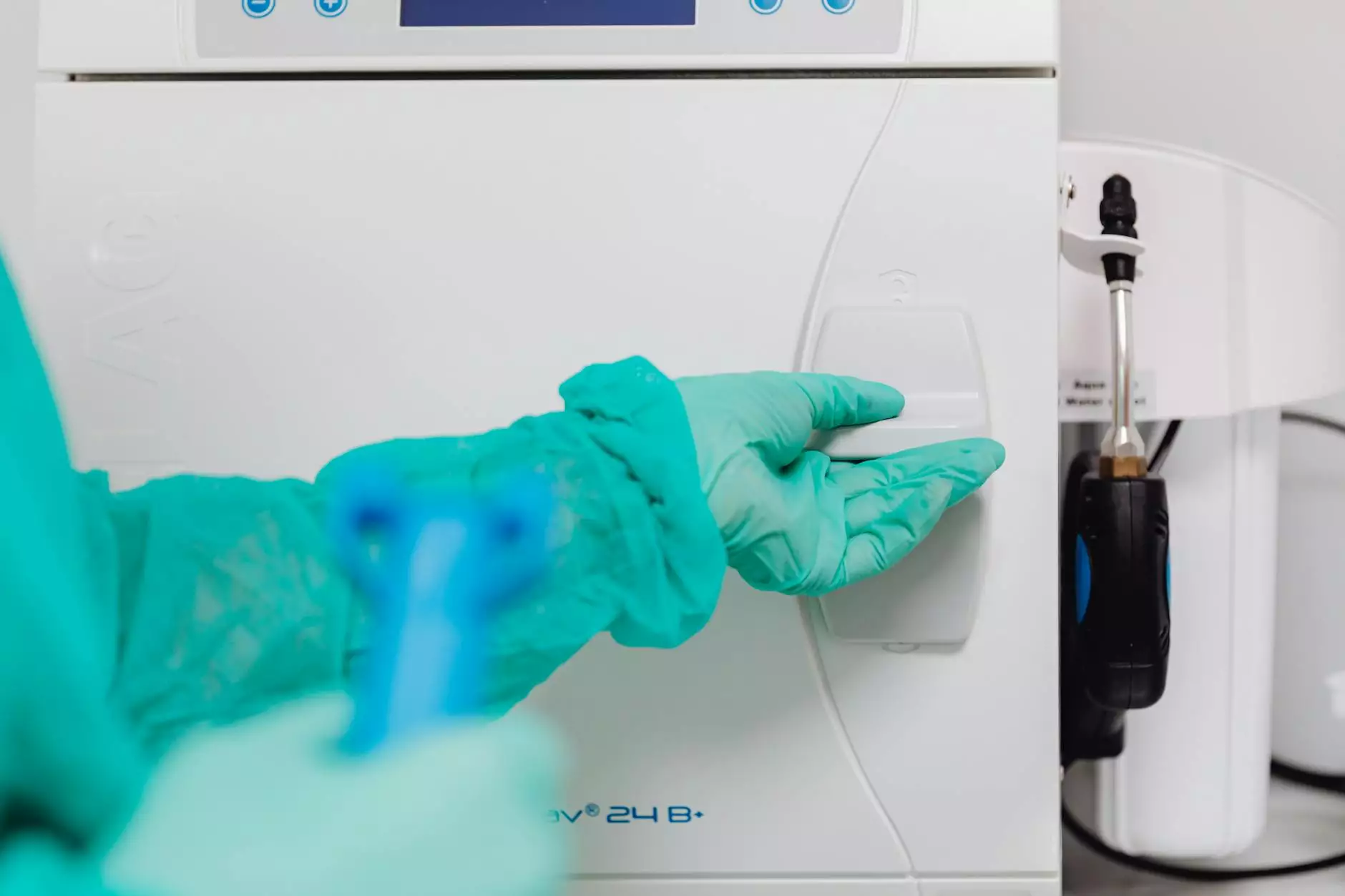How to Inject Semaglutide: A Comprehensive Guide

Semaglutide is transforming the landscape of weight management and diabetes treatment. As a GLP-1 receptor agonist, it mimics the action of a natural hormone that regulates appetite and food intake. In this guide, you'll learn how to inject semaglutide safely and effectively, ensuring optimal results for your health and wellness journey.
What is Semaglutide?
Semaglutide is a prescription medication used to treat both type 2 diabetes and obesity. It works by stimulating insulin secretion and reducing glucagon levels, thereby lowering blood sugar levels. Additionally, semaglutide aids in weight loss by promoting a feeling of satiety, reducing appetite, and slowing gastric emptying. The FDA has approved semaglutide for chronic weight management under the brand names Wegovy for weight loss and Ozempic for diabetes.
Understanding the Benefits of Semaglutide
- Effective Weight Loss: Clinical trials have shown that patients can lose significant weight when adhering to semaglutide treatment.
- Improved Blood Sugar Control: For those with type 2 diabetes, semaglutide helps maintain stable blood sugar levels.
- Convenient Administration: Semaglutide is administered via injection, typically once a week, making it easy to integrate into your routine.
- Reduced Risk of Cardiovascular Events: Semaglutide has been linked to a lower risk of heart attacks and strokes in patients with type 2 diabetes.
Preparing for Your Semaglutide Injection
Before learning how to inject semaglutide, it’s essential to be fully prepared. Here’s a step-by-step guide to getting ready for your injection:
- Consult Your Healthcare Provider: Before starting semaglutide, discuss your medical history, potential allergies, and other medications with your healthcare provider.
- Gather Your Supplies: You will need the semaglutide pen, alcohol swabs, a sharps container for disposal, and optionally a timer or reminder for your scheduled injections.
- Read the Instructions: Ensure you understand the manufacturer’s instructions for use. Each pen may differ slightly in operation.
- Check the Medication: Inspect the semaglutide pen for any inconsistencies, such as discoloration or particles. Do not use the pen if you notice any issues.
Step-by-Step Guide on How to Inject Semaglutide
Follow these steps to perform your semaglutide injection correctly:
- Wash Your Hands: Begin by thoroughly washing your hands with soap and water to prevent any possible infection.
- Prepare the Injection Site: Choose an injection site on your abdomen, thigh, or upper arm. Rotate sites with each injection to avoid irritation in one spot. Clean the area with an alcohol swab and let it air dry.
- Determine the Dose: Turn the dosing dial on the pen to your prescribed dose. The dose counter will display the amount you will inject.
- Inject the Medication: Pinch the skin around the injection site firmly. With the other hand, hold the pen at a 90-degree angle to the skin (or a 45-degree angle for thinner individuals) and press down on the injection button.
- Hold for Five Seconds: Keep the pen in place for five seconds after the injection to ensure that the full dose has been administered.
- Withdraw the Pen: Carefully withdraw the pen from the skin. You might notice a small drop of blood; this is normal. Dispose of the used pen in a sharps container.
- Apply Pressure: If needed, apply gentle pressure to the injection site with a clean cotton swab or gauze.
Post-Injection Care
After injecting semaglutide, here are some important post-injection care tips:
- Monitor for Side Effects: Common side effects may include nausea, vomiting, diarrhea, and constipation. Contact your healthcare provider if you experience severe reactions.
- Keep Track of Your Injections: Maintaining a log can help you keep track of when you injected and how you felt following each dose.
- Store Medication Properly: Store your semaglutide pen in the refrigerator before use. Once in use, it can be kept at room temperature for a limited time. Follow the specific storage instructions provided.
Potential Side Effects of Semaglutide
While semaglutide is effective, it’s crucial to be aware of the potential side effects:
- Nausea: A common initial side effect that usually diminishes over time.
- Gastrointestinal Issues: This can include diarrhea, constipation, and abdominal pain.
- Hypoglycemia: Risk is higher when semaglutide is taken with other diabetes medications, specifically insulin or sulfonylureas.
- Injection Site Reactions: Pain, redness, or swelling at the injection site.
- Pancreatitis: Rare but serious inflammation of the pancreas. Seek immediate medical attention if you experience severe abdominal pain.
Frequently Asked Questions about Semaglutide
1. How long does it take to see results from semaglutide?
Many patients begin to see weight loss results within the first few weeks of treatment, but optimal results are often observed after about 16 to 20 weeks of consistent use.
2. Can anyone use semaglutide?
Semaglutide is approved for adults with obesity and for those with type 2 diabetes. However, not everyone should use it, especially individuals with a history of medullary thyroid carcinoma or multiple endocrine neoplasia syndrome type 2. Always consult with a healthcare provider to determine if semaglutide is appropriate for you.
3. What should I do if I miss a dose?
If you miss a dose of semaglutide, inject it as soon as you remember. If it’s almost time for your next dose, skip the missed dose and continue with your regular schedule. Do not double the dose to catch up.
Conclusion: Embrace Your Journey with Semaglutide
Learning how to inject semaglutide is a pivotal step in your weight loss and diabetes management journey. By following guidelines carefully, you can confidently take charge of your health. Remember to consult your healthcare provider with any concerns and track your progress to maximize the benefits of semaglutide.
For additional support in your weight loss journey, explore our comprehensive resources and services at SkinnyQuick.net.
how to inject semiglutide








